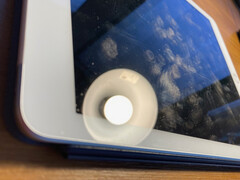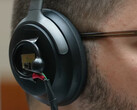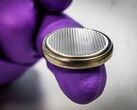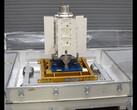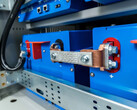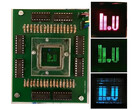Copper is now used in hospitals, for example on door handles and bedrails. The antibacterial effect of the metal is long-lasting and thorough. After around ten minutes, 99.99 percent of various bacterial strains are eliminated. The value is similarly high in tests with the SARS-CoV-2 virus, among others.
This is excellent for furnishings and many surfaces that frequently come into contact with hands. Unfortunately, copper has two properties that tend to disqualify it for a touchscreen: It is opaque and conducts electricity very well, so it interferes with touch sensitivity.
What is therefore needed is transparent and insulating copper. However, it must not lose its disinfecting effect. This is exactly what researchers at the ICFO Institute in Barcelona, Spain, have now produced and tested in combination with touch displays.
A transparent, non-conductive, antimicrobial copper nanostructure (TANCS) can be applied to a touchscreen. The subsequent tests showed a 99.9 percent reduction in Staphylococcus aureus, for example.
Although this is not a value comparable to that of a disinfectant, it is still comparable to washing hands with soap. And the bacterium is interesting because it is resistant to numerous antibiotic strains and can lead to infections that are difficult to treat.
The coating is only less interesting for tablets and smartphones at home. Not only does it only allow 70 to 80 percent of visible light to pass through, which makes the image appear paler. At home, you generally only come into contact with your own bacteria and viruses, and you can get those of your family or housemates by other means.
On the other hand, transparent copper is likely to be a good choice for smart control elements in hospitals and public facilities or at payment terminals. However, washing your hands with soap is still good advice.




